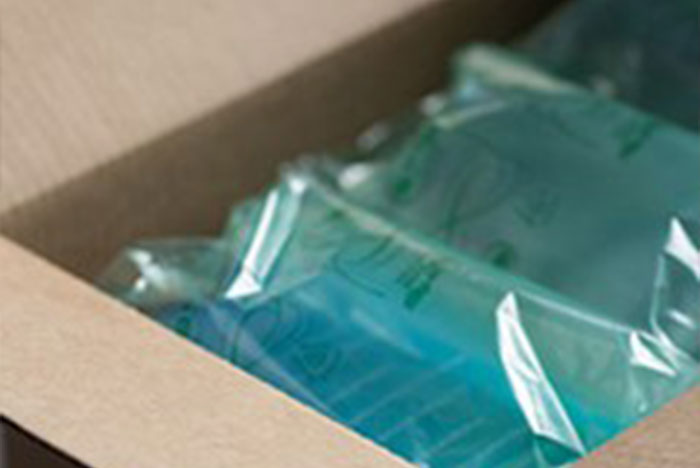Packaging is rapidly changing, thanks to technological advancements and changes in consumer preferences, among other factors. We explore some of the major changes that have affected the world of packaging in recent years.
Sustainable Packaging
Packaging waste is one of the significant contributors to environmental pollution. To save the situation, many companies and consumers are going green. According to one study, about 66% of consumers in the world admitted they would pay more for sustainable brands.
Some studies on the buying habits of millennials also revealed a preference for sustainable products. Another study revealed that 75% of millennials and 72% of Gen-Z would pay more for an item that features sustainable packaging.
To win the loyalty of consumers who prefer sustainable products and packages, you will have to offer just what they want.
Flexible Packaging
Flexible packaging is rapidly growing in popularity. The Flexible Packaging Association reports that flexibles account for about 20% of the packaging materials in the U.S. market.
You can attribute this growth to material and production advancements. Environment-friendly plastics such as polyethylene and innovative end-of-life initiatives have contributed to flexible packaging’s soaring popularity.
Another reason for increasingly growing popularity is that flexible packaging is structurally designed to ensure it is easy to use. For example, you can easily reseal it. What’s more, this type of packaging is easy to carry and store, thanks to its adaptable shape.
It’s production also utilizes less material compared to rigid packaging, and flexible packaging minimizes commercial and transportation costs. This reduction reduces the overall impact on the environment.
Smaller Packaging
Companies are moving toward smaller packaging, partly as a way to save on shipping costs. Namely, smaller packages often cost less to ship. Smaller packages are also easier to pack, whether manually or by machine.
An electronic company is an excellent example of this case. The company replaced its cardboard packaging with a mix of a corrugated cardboard frame and a recyclable film.
This new packaging could hold the product in place during shipping while still showcasing it. Consequently, the electronics company managed to lower its transportation costs by 20%.
Smart Packaging
Smart packaging is becoming increasingly popular. It refers to packaging systems that feature embedded sensor technology used in pharmaceuticals, foods, and various other types of products.
Smart packaging can help to extend a product’s shelf life, display information on quality, monitor freshness, as well as improve product and consumer safety.
There are two major types of smart packaging – active packaging and intelligent packaging.
Active Packaging
Active packaging interacts with its contents. As a result, it enhances the shelf life or quality of the product during storage. It either releases certain substances into the product or removes specific substances from the product or its immediate environment.
Active packaging achieves its purpose using light filtering substances, ethylene and oxygen absorbers, moisture-regulating substances, or antimicrobial surface coatings. Packaging companies can either integrate these components into the packaging or add them separately as inserts.
Beer in a plastic bottle is a good example of active packaging. The screw cap has an oxygen absorber, which helps to extend the shelf life of the beer by up to six months.
Intelligent Packaging
Intelligent packaging has features that let it offer much more than just the mere packaging task. For example, the packaging may come equipped with sensors or indicators that monitor the product’s condition and provide information on parameters such as:
- Freshness
- Storage time
- Tightness
Manufacturers can either integrate the sensors or indicators into the packaging or place them inside or outside the packaging. With intelligent packaging, it can be easy for retailers and consumers to tell if the product has surpassed a critical limit value.
To keep your packaging innovative and modern, you must be constantly aware of the changing trends in the industry. You can rely on New-Tech Packaging for some of the best, most advanced packaging solutions.
